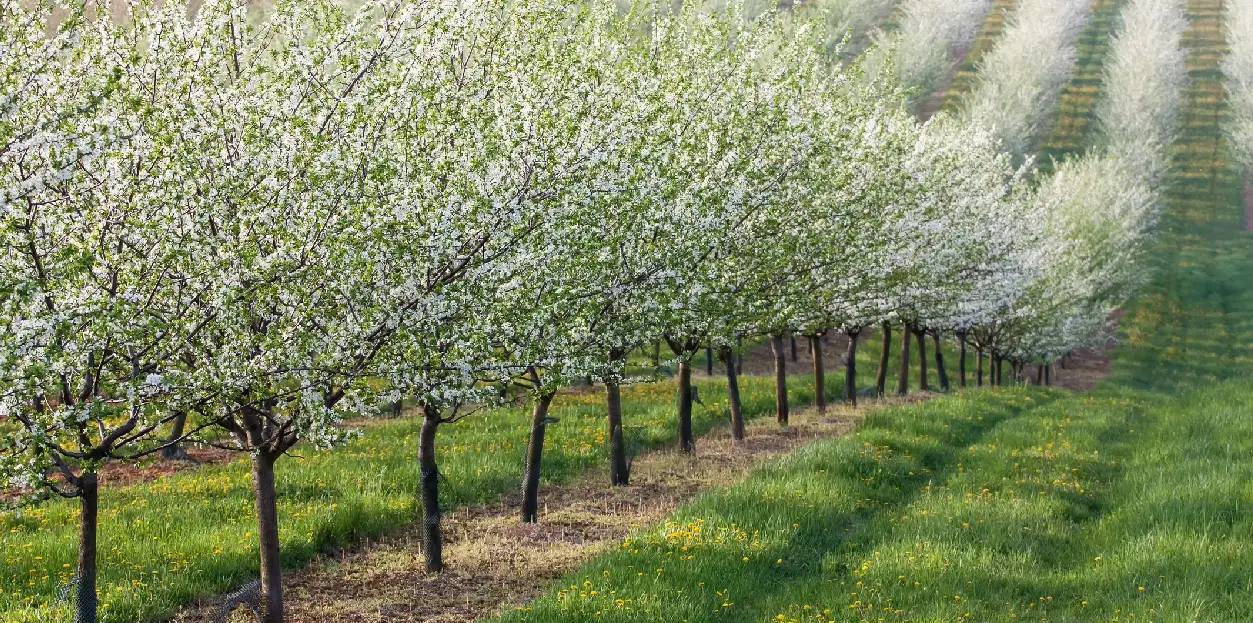
Agricultural Solutions
Agriculture around the world faces a severe challenge from climate change causing extreme fluctuations in temperature and weather patterns. Drought and flooding have both become increasingly common and have devastating effects on the agriculture industry. Too much water can lower crop productivity, increase toxic compounds in the soil, and even render water-logged areas unusable. Too little water can delay or reduce crop productivity, hinder photosynthesis, and in some cases complete crop loss.
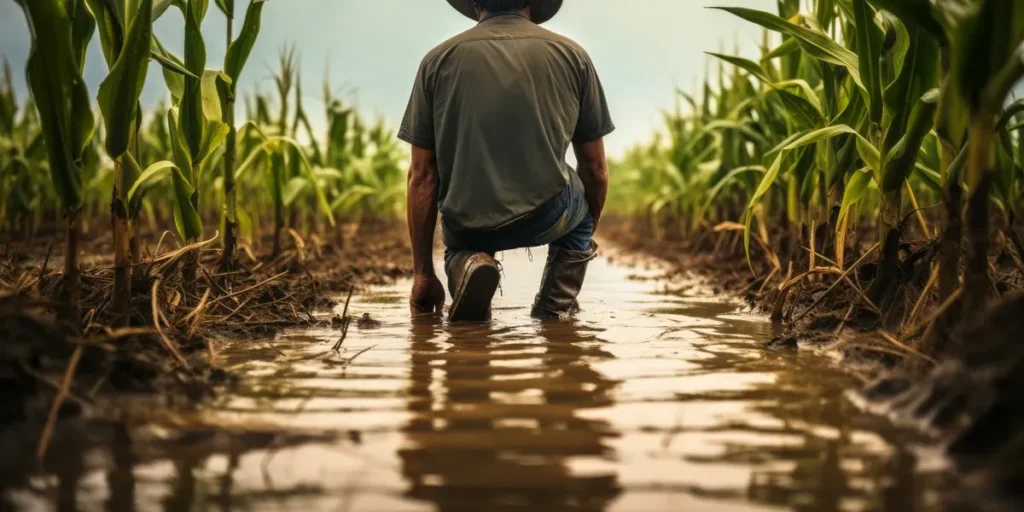
Infiltration
IRIS™ presents a transformative approach to agricultural water management. IRIS™ is a device used to increase infiltration in poorly aggregated soils by enhancing the natural processes of capillary action, pressure differential, and hydrostatic pressure. It is a cutting-edge strategy for resilient and sustainable agriculture in a world where water constraints and climate change are significant issues.
Soil Moisture
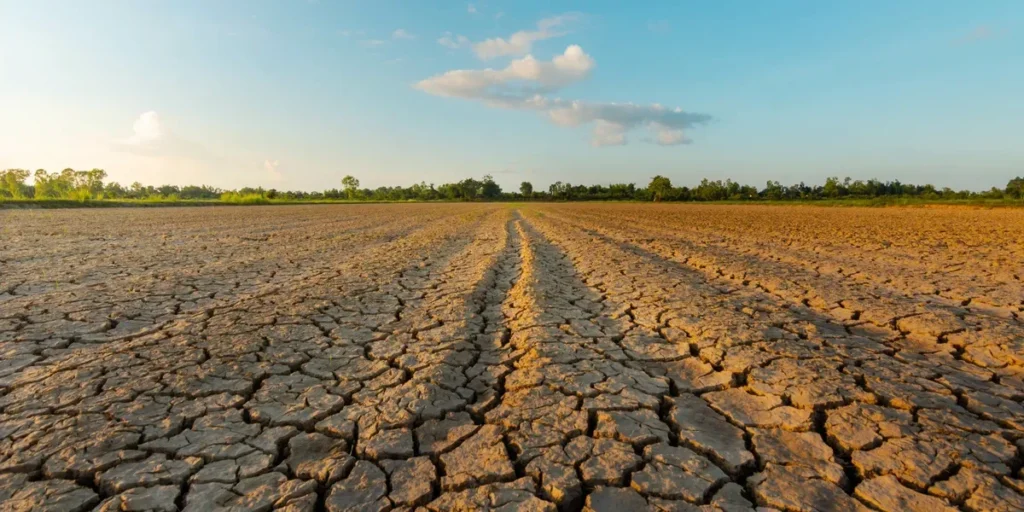
According to an IRIS™ system study performed in 2014, IRIS™ “worked to maintain a degree of saturation as constant as possible in the soil” and IRIS™ system is moving water vertically in both directions thereby creating communication between the surficial layers of topsoil and the permeable to semi- permeable soils beneath (GADZ PCS 2014). This means that IRIS™ system can effectively reduce the long term effects of both flooding and droughts by equalizing the moisture content between soil layers in all directions.
Agricultural Projects
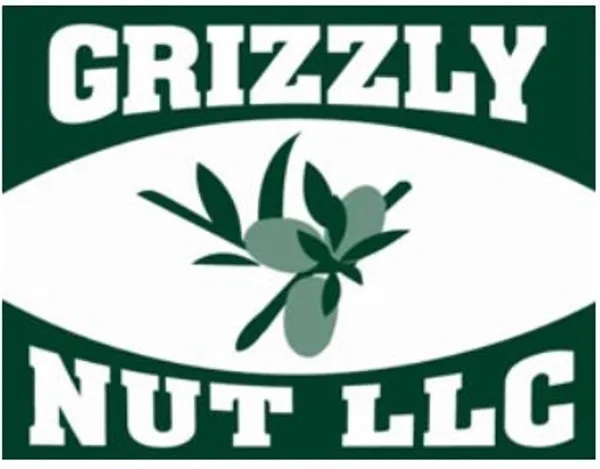
Grizzly Nut Farm, Hickman, California
At an almond farm and processing center in California, water gathered to an evaporation pond as fugitive/nuisance stormwater. A large amount of water was typically standing on the surface for extended periods of time and all nearby almond trees were suffering from rootrot as a result. A tailored Parjana℠ system, unique to this site, was designed to accommodate this 0.2-acre pond. The overall solution requires no maintenance and created minimal ecological disturbance. The Parjana℠ system enhanced the overall infiltration at the site by 40% in one tenth of the time. E-PUR, on behalf of Eastside Water District (EWD) monitored the site’s standing water levels and estimated that the daily infiltration rate increased from zero to 3 inches. In July 2020, EWD expanded the Parjana℠ system and it is expected that this pond will now be only a groundwater recharge pond for stormwater and orchard drainage; rarely containing standing water.
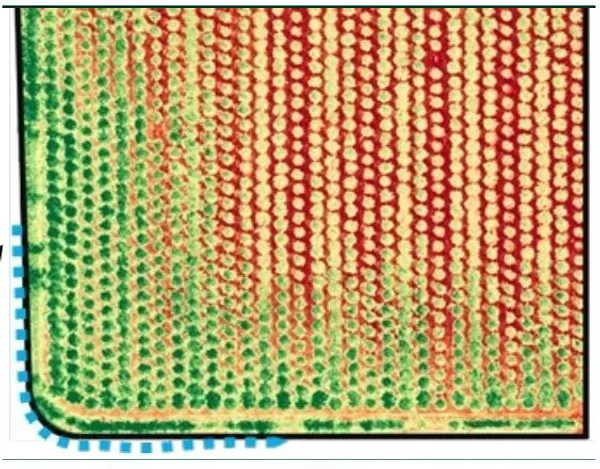
Warnerville Rd, Oakdale, California
An almond orchard in California was experiencing flooding near the edge of the orchard along the road, posing a huge safety hazard to drivers. Standing water would accumulate there following most rain events above 0.3” and remain standing for 8-10 weeks, even leading to the accumulation of algae. Since the Parjana℠ system installation in 2017, infiltration has increased considerably, and the road is no longer unsafe due to standing water within 48 hours of a rain event. In addition, the almond orchard near the system has shown improvement in plant health. In 2020, the site was monitored by a drone capturing the normalized difference vegetation index (NVID) and the image has confirmed the observations made onsite: trees near the Parjana℠ system appeared healthier than the others.
Video
Kern County, CA
Find out how Parjana℠ Engineering is helping Kern County meet SGMA requirements
Tulare Subbasin, CA
Find out how Parjana℠ Engineering can help meet SGMA requirements
